Categories
Collections
Browse Figurative
Celebrate the human form with the figurative collection. A striking series of art prints that celebrate the beauty, complexity, and expressiveness of the human form. This collection offers a variety of styles—from realistic portraits to abstract figures—each capturing the essence of human presence in unique and captivating ways.
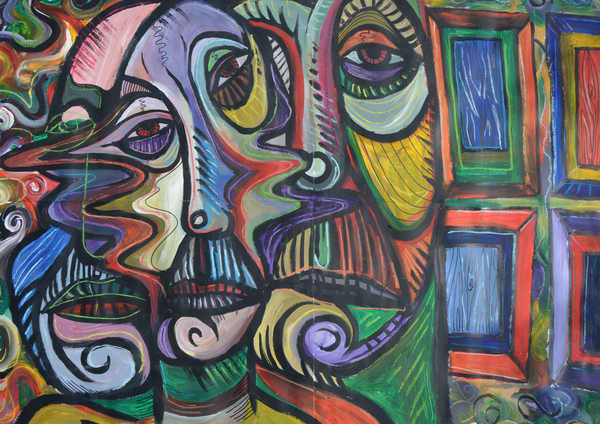
Recess Negative by Amy Loizou
Recess Negative marks a pivotal moment in Amy Loizou’s artistic journey, representing her first bold exploration of vibrant colour and large-scale expression. Created during lockdown, a time when isolation tested her mental resilience, this piece channels a manic-like energy—reflecting a fractured, glitching reality inspired by a distorted reflection in a mirror. (Loizou later attributed this vision partly to caffeine and her unsettled mental state.) Bursting with vivid colours and energetic brushstrokes, Recess Negative embodies a moment of creative freedom amid confinement, highlighting the profound influence of environment on artistic expression. Loizou layered chalk over flat acrylic paint to add depth and texture. The fluid chalk lines accentuate the distorted faces, intensifying the sense of fractured perception and emotional turmoil. At the center, a distorted figure wrestles with two opposing personalities—like angel and devil figures watching over—symbolising an internal struggle and the complexities of identity during a turbulent mental state. This work not only documents Loizou’s personal experience of lockdown mania but also signifies the beginning of her embrace of bold colour as a powerful vehicle for emotional release and artistic growth.
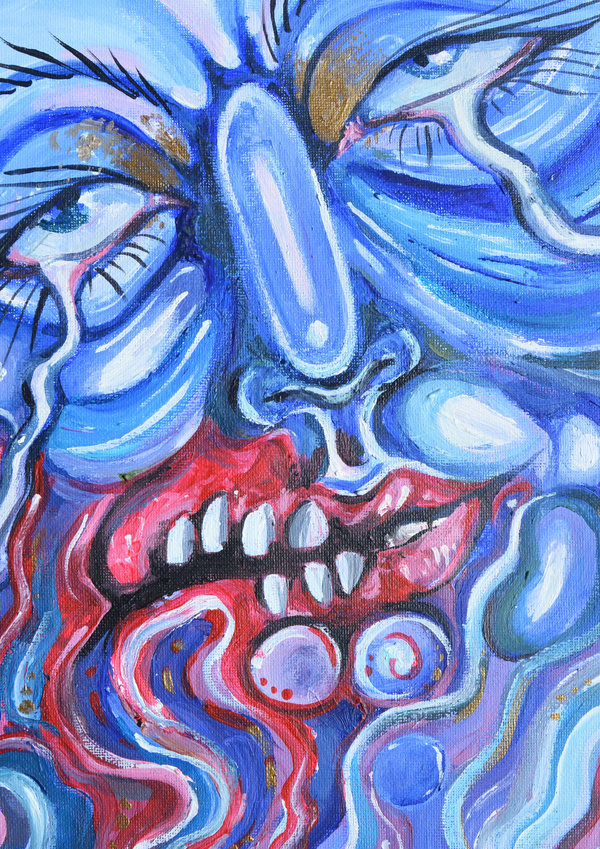
Internal Fade by Amy Loizou
This work embodies a visceral exploration of insecurity and the fracturing of self and identity. The distorted face seems to tear apart from within, its jagged, bared teeth revealing something raw and unsettling—an element Loizou herself resists or finds uncomfortable. Swirling streams of colour amplify the sense of internal disintegration, blurring the line between beauty and disturbance. The result is a portrait of vulnerability laid bare, where the act of falling apart becomes both subject and surface.
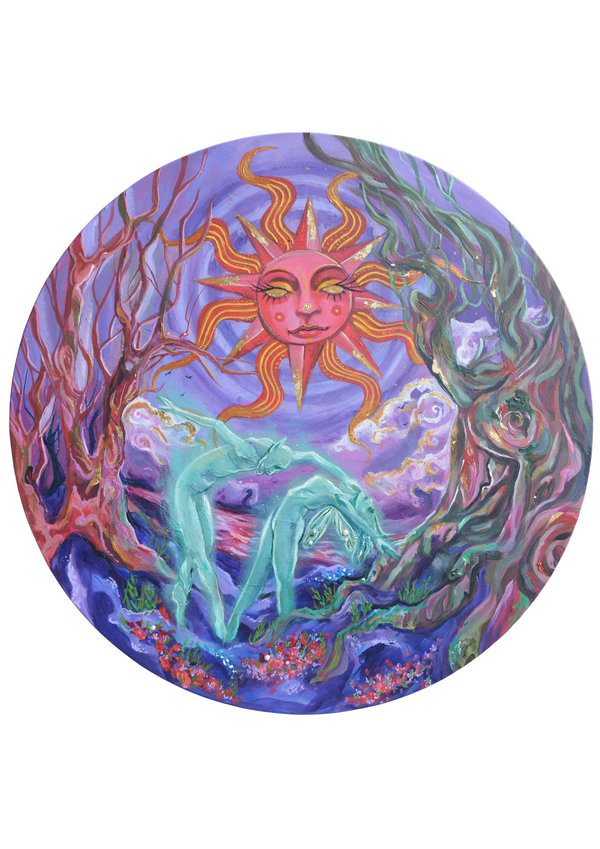
The Glade Where Lovers Dance Again by Amy Loizou
This work draws inspiration from fantasy literature, where imagined worlds become a lens for exploring timeless themes of connection and renewal. Loizou’s long-standing love of colour comes to the forefront, infusing the composition with a sense of enchantment and vitality. The figures, treated in a more dimensional and otherworldly way, embody love, movement, and fluid energy—dancing through a luminous space that feels both intimate and expansive.
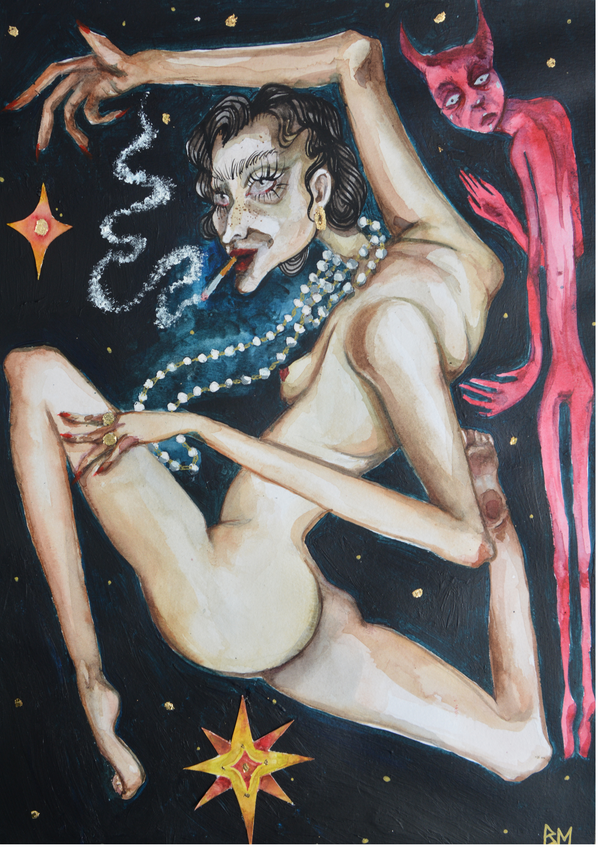
Pearls by Amy Loizou
DIn this work, Loizou continues her exploration of distorted, contorted figures, experimenting with different styles and mediums to expand her visual language. She finds beauty in the unconventional—embracing the strange, the awkward, and the imperfect. Whether through painting or figurative form, her practice celebrates imperfection as an essential part of what makes something truly compelling. The figure in Pearls twists into an almost impossible form, adorned with strands of luminous beads and framed by stars. A red demon lingers just behind, its gaze fixed upon her with an unsettling presence. Rather than a straightforward menace, the demon becomes ambiguous—offering a sense of temptation, judgment, or perhaps protection. Its watchful eyes amplify the tension between beauty and distortion, glamour and decay, vulnerability and power.
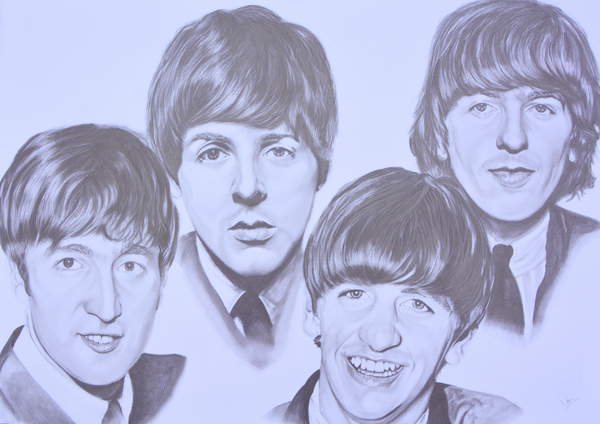
The Beatles by Dean Coldham
A graphite portrait honouring The Beatles, the groundbreaking group whose creativity and influence reshaped modern music. Rising from the Merseybeat scene in Liverpool, they evolved into cultural icons, blending harmony, experimentation, and unforgettable melodies — a legacy that remains unmatched in the history of popular music.
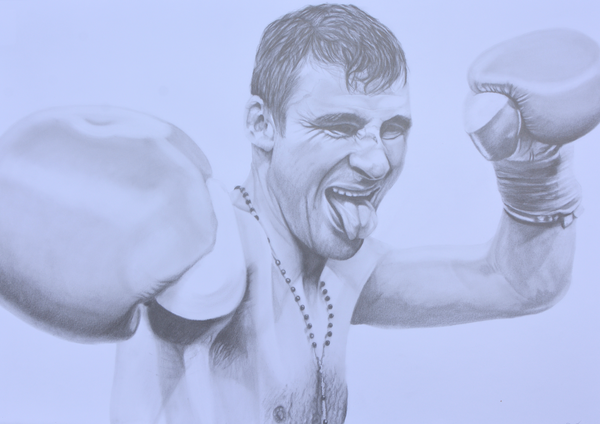
Joe Calzaghe by Dean Coldham
A graphite portrait celebrating Joe Calzaghe, the undefeated Welsh champion renowned for his speed, stamina, and relentless fighting style. From Newbridge to the world stage, he dominated the super-middleweight and light-heavyweight divisions, retiring with a perfect record and a reputation as one of Britain’s greatest ever boxers.
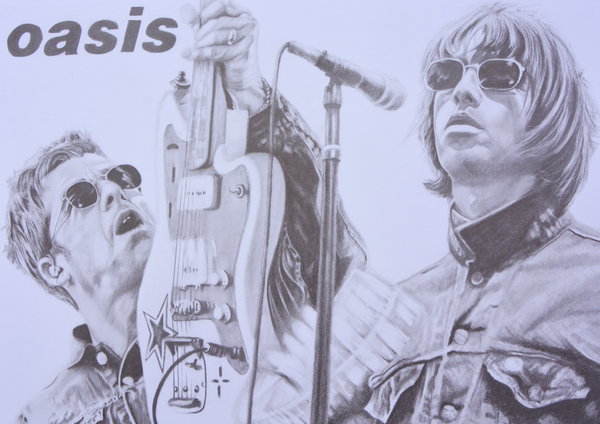
Oasis by Dean Coldham
A graphite portrait celebrating Oasis, the band whose raw energy and lyrical swagger defined the sound of a decade. From small clubs in Manchester to sold-out stadiums, they delivered era-shaping anthems that spoke to everyday life, rebellion, and dreams — leaving an unmistakable mark on British music history.
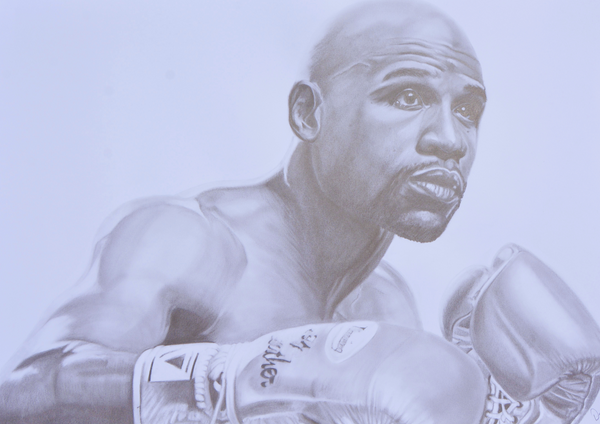
Floyd Mayweather by Dean Coldham
A graphite portrait portraying Floyd Mayweather, the undefeated champion whose precision, defensive mastery, and tactical brilliance redefined modern boxing. Rising from a fighting family in Grand Rapids to global acclaim, he built a flawless record through speed, discipline, and strategy — a career that secured his place among the sport’s all-time greats.
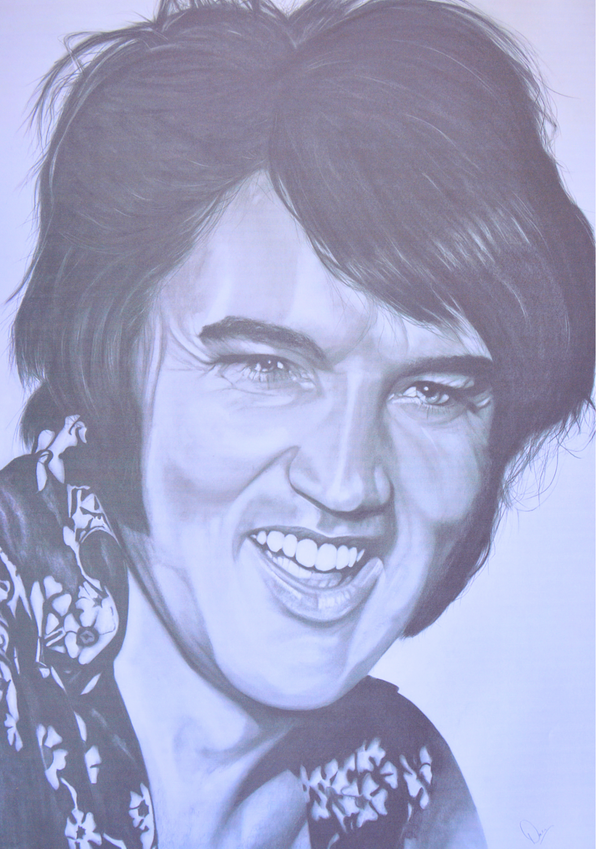
Elvis by Dean Coldham
A beautifully detailed graphite portrait celebrating Elvis Presley, the undisputed ‘King of Rock ’n’ Roll.’ Rising from humble beginnings to global superstardom, Elvis revolutionised popular music with his distinctive voice, magnetic stage presence, and ground-breaking style. This artwork captures his timeless charisma — from the confident gaze to the slick hair and iconic swagger that defined a generation.
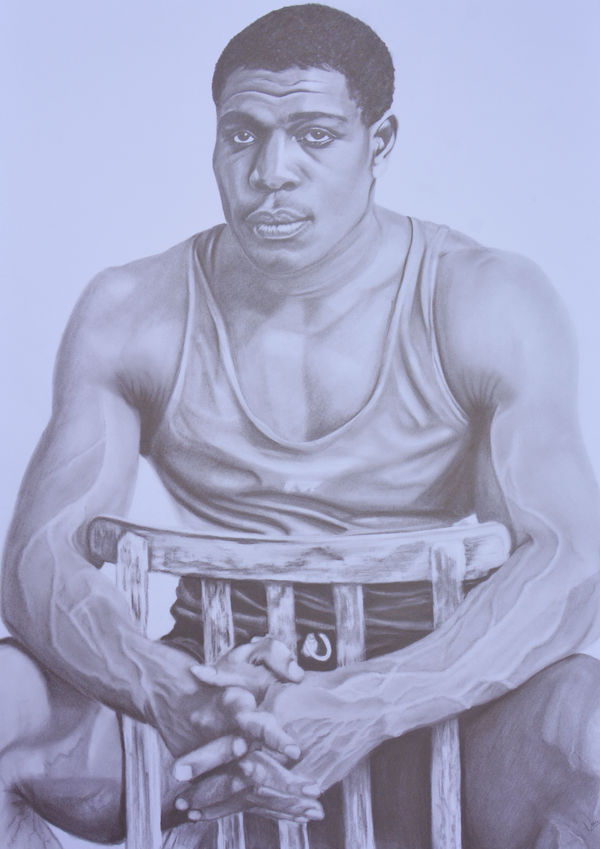
Frank Bruno by Dean Coldham
A graphite portrait depicting Frank Bruno, the powerhouse of British boxing renowned for his thunderous punches and unshakable resolve. Emerging in the 1980s as a fan favourite, he fought his way to world champion status and became an enduring symbol of perseverance, humour, and resilience in British sport.
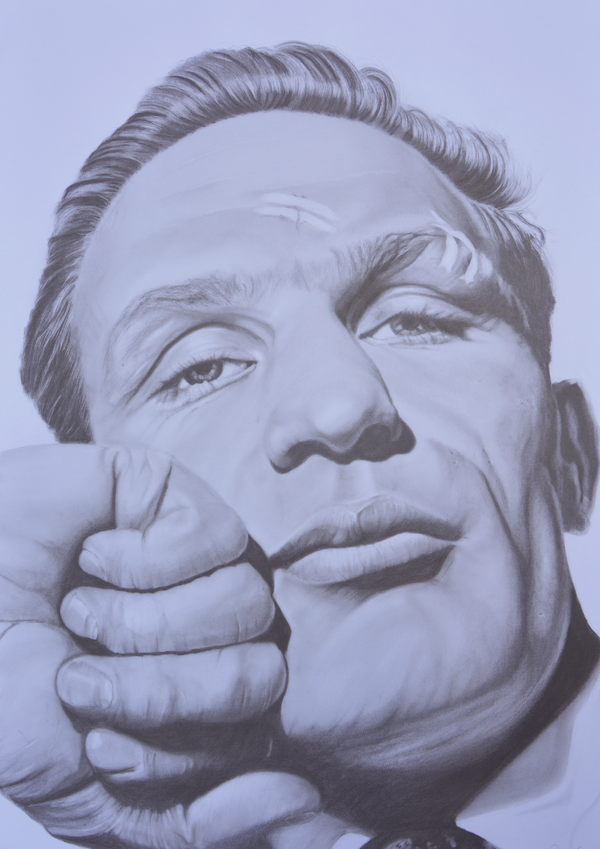
Henry Cooper by Dean Coldham
A graphite portrait honouring Henry Cooper, the much-loved British heavyweight whose grit, sportsmanship, and famous left hook made him a national hero. Rising from modest beginnings in South London, he earned admiration not only for his battles in the ring — including flooring Muhammad Ali — but also for his humility and gentlemanly character outside it.
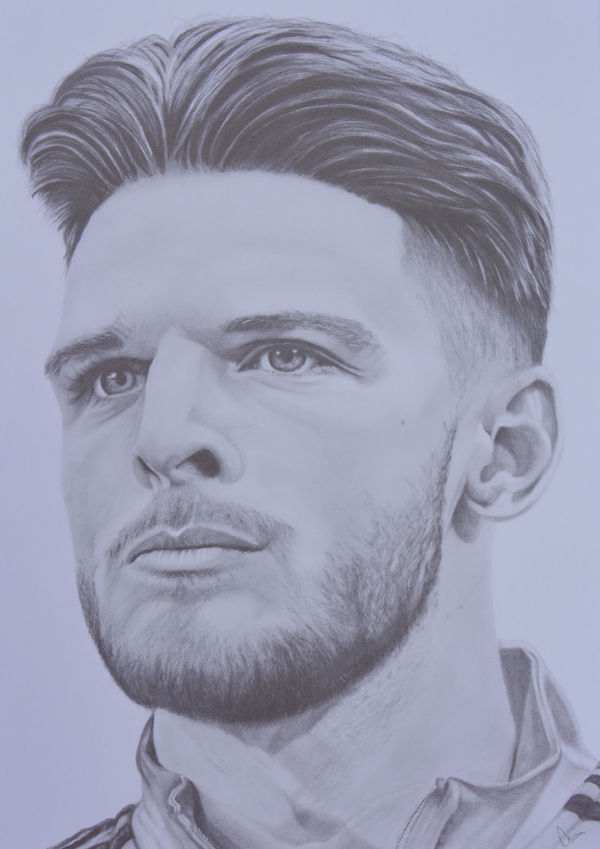
Declan Rice by Dean Coldham
A graphite portrait capturing Declan Rice, a midfielder recognised for his strength, vision, and consistency at the heart of the game. Emerging from Chelsea’s academy before making his name at West Ham and moving to Arsenal, he has become a driving force for both club and country, admired for his intelligent play and commanding presence in midfield.
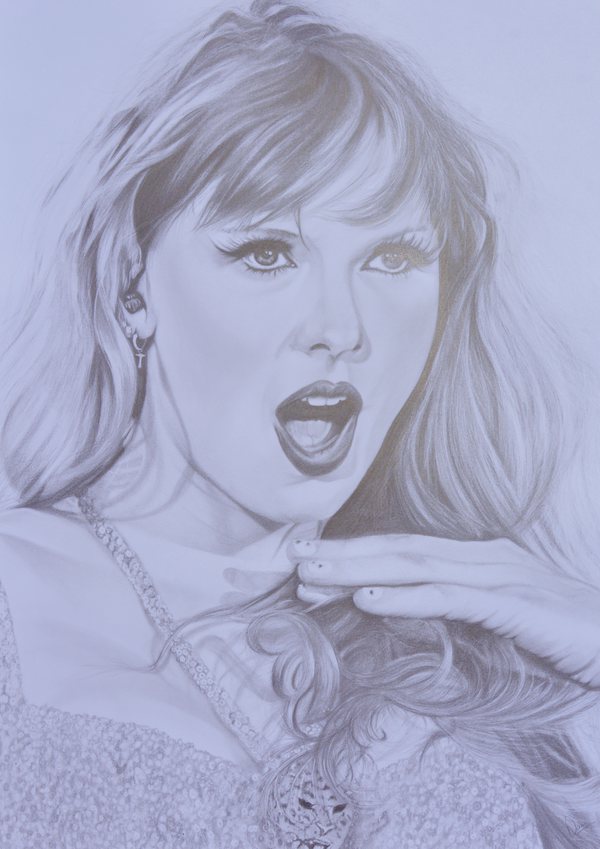
Taylor Swift by Dean Coldham
A detailed graphite portrait celebrating Taylor Swift, the global music icon whose storytelling, artistry, and reinvention have defined a generation. From her country roots in Pennsylvania to worldwide superstardom, she has captivated millions with her lyrical honesty, genre-spanning creativity, and powerful connection to her fans — a legacy still unfolding on the world stage.
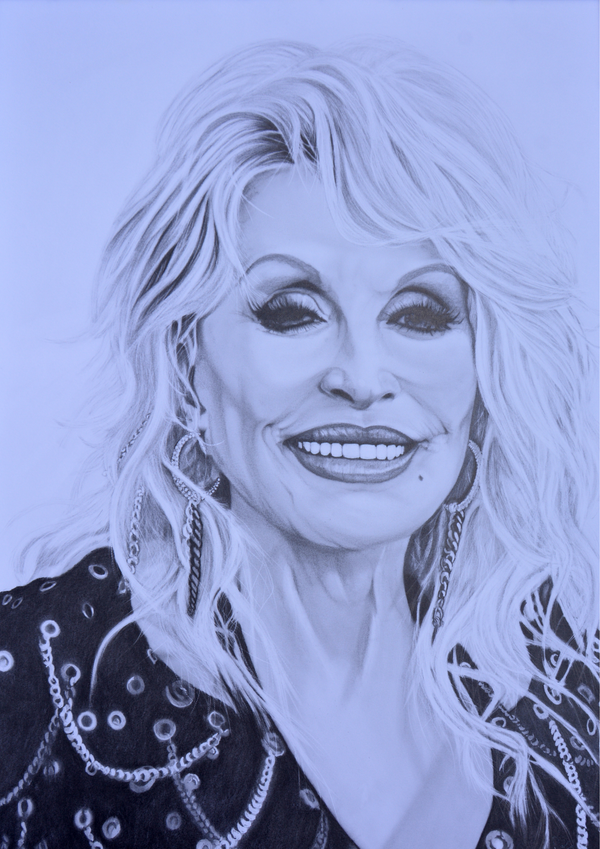
Dolly Parton by Dean Coldham
The timeless, the captivating, the one and only Dolly Parton. Perfectly captured by Dean Coldham, this graphite work borders on realism but with expression and character added. Dolly Parton stands as one of country music’s most enduring icons — a gifted songwriter, powerhouse vocalist, and beloved cultural figure and philanthropist. With her signature style, radiant presence, and generous spirit, she has captured hearts across the world for decades.
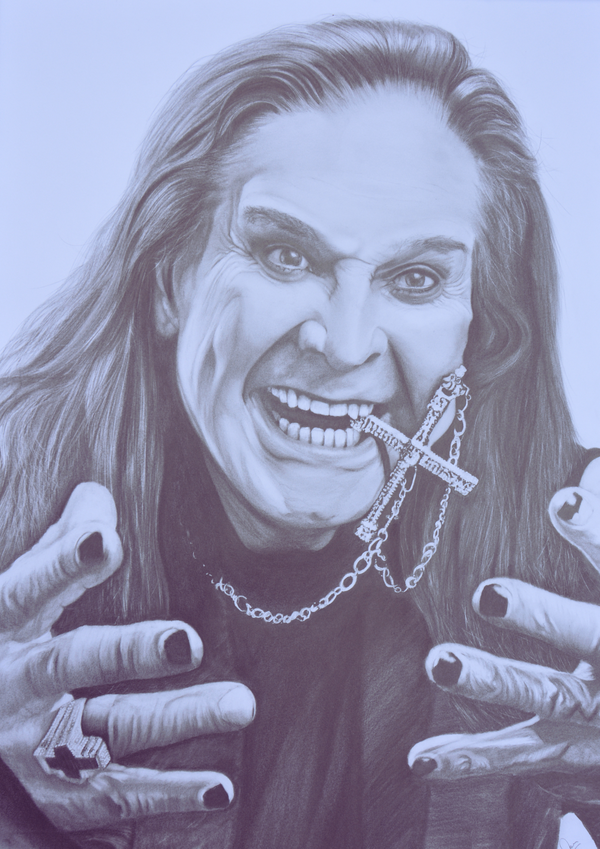
Ozzy Osbourne by Dean Coldham
A finely rendered graphite portrait by Dean Coldham honouring the legendary late Ozzy Osbourne, captured with striking detail and depth. Known as the ‘Prince of Darkness,’ Ozzy was a pioneering force in heavy metal, first rising to fame as the frontman of Black Sabbath before carving out an unforgettable solo career. The artwork brings his unmistakable presence to life — from the intensity in his gaze to the iconic style that defined a generation of rock.
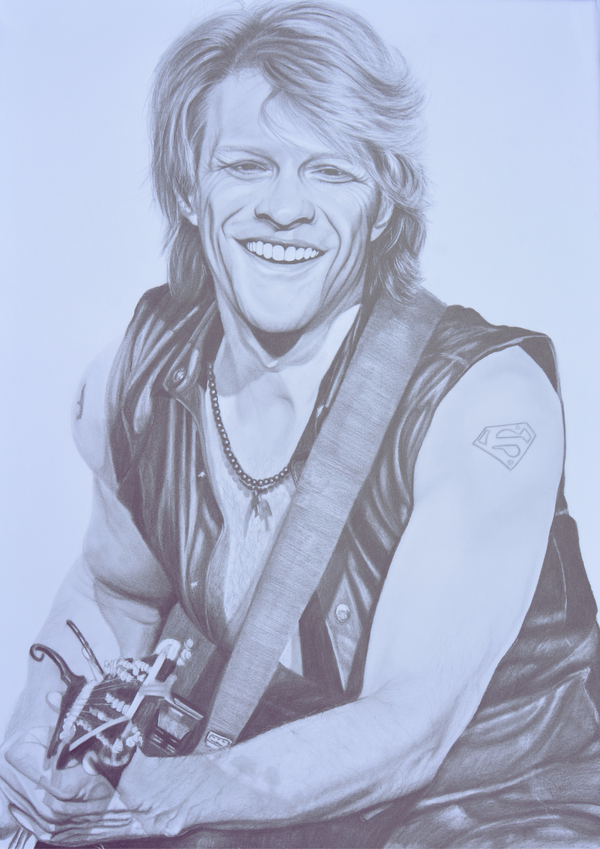
Bon Jovi by Dean Coldham
A meticulously detailed graphite portrait celebrating Jon Bon Jovi, the charismatic frontman of the iconic rock band Bon Jovi. Known for anthems like Livin’ on a Prayer and Always, he has become a symbol of 1980s and ’90s rock, blending powerful vocals with timeless stage presence. This artwork captures his unmistakable energy, from the confident expression to the rock ’n’ roll style that has inspired fans for decades.
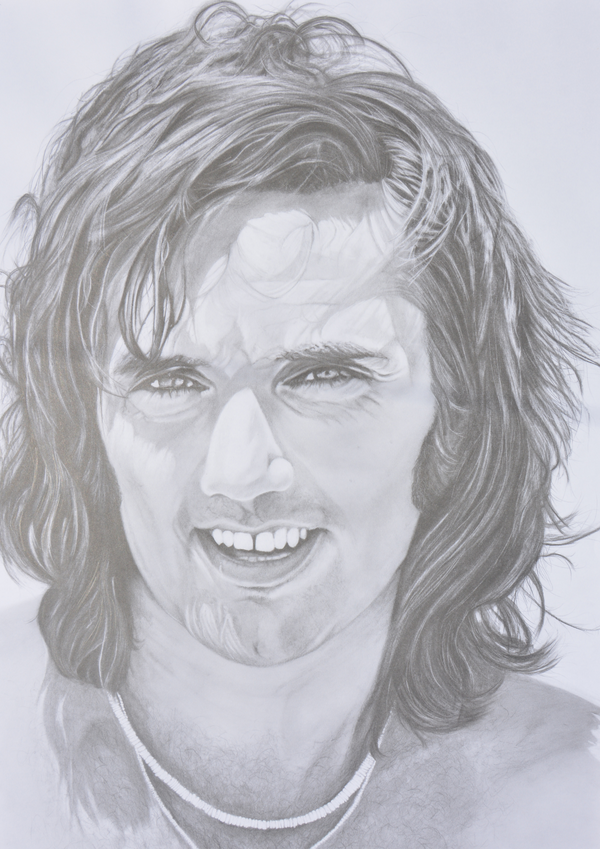
George Best by Dean Coldham
An outstanding graphite portrait celebrating George Best, the footballing icon renowned for his dazzling skill, effortless style, and magnetic personality. From humble beginnings in Belfast, he rose to glory with Manchester United, captivating fans worldwide and securing his place as one of the greatest players the game has ever seen.
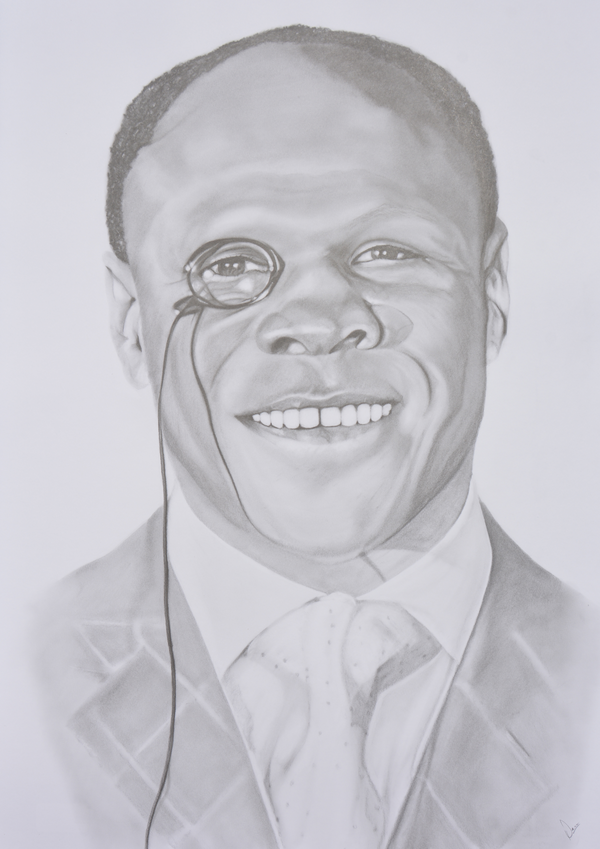
Chris Eubank by Dean Coldham
A striking graphite portrait capturing Chris Eubank, the flamboyant and fearless world champion whose sharp wit and unique presence set him apart in boxing history. Rising from a challenging youth to dominate the middleweight and super-middleweight divisions, he combined tactical brilliance with unshakable confidence, leaving an enduring mark on the sport.
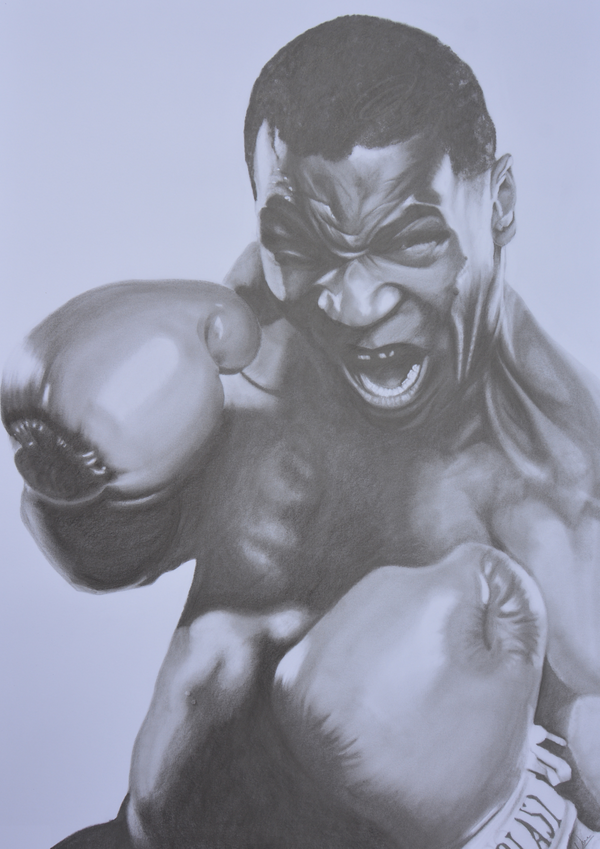
Mike Tyson by Dean Coldham
A powerful graphite portrait honouring Mike Tyson, one of boxing’s most formidable and controversial figures. From a turbulent childhood in Brooklyn, he rose to become the youngest heavyweight champion in history, electrifying the sport with his ferocious power, relentless speed, and intimidating presence. His legacy remains etched in boxing as a symbol of raw talent and uncompromising dominance.
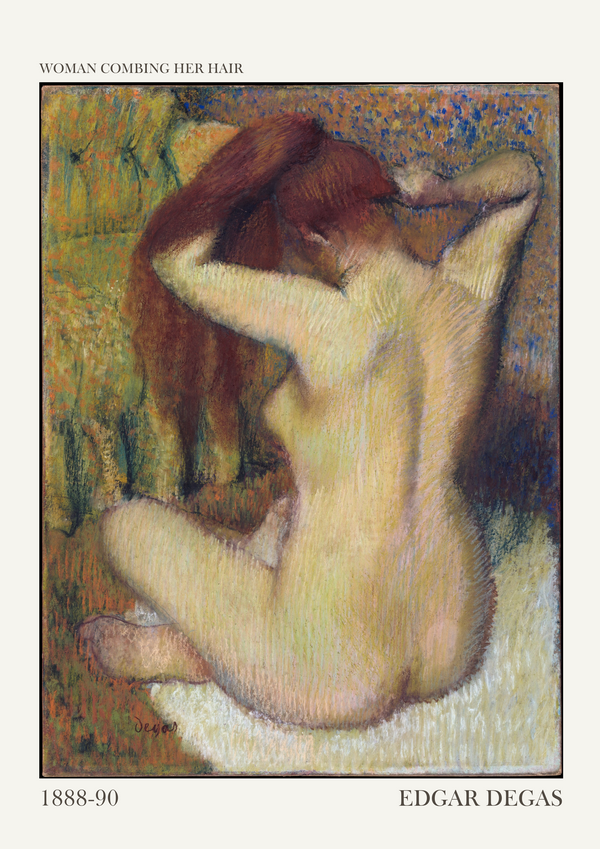
Woman Combing her Hair - Edgar Degas
Woman Combing Her Hair by Edgar Degas is a captivating depiction of an intimate, everyday moment rendered with the artist's characteristic sensitivity to movement and form. The pastel artwork showcases a woman bent slightly forward as she combs her hair, her figure framed by dynamic, sweeping lines that convey a sense of natural grace. Degas's use of soft, blended pastels creates a delicate interplay of light and shadow, highlighting the textures of the woman's hair and the subtle curves of her body. The composition feels unposed and spontaneous, emphasizing Degas’s fascination with capturing fleeting, unguarded moments of modern life. This work reflects his deep interest in the private, unseen world, celebrating the beauty of routine and personal ritual.
